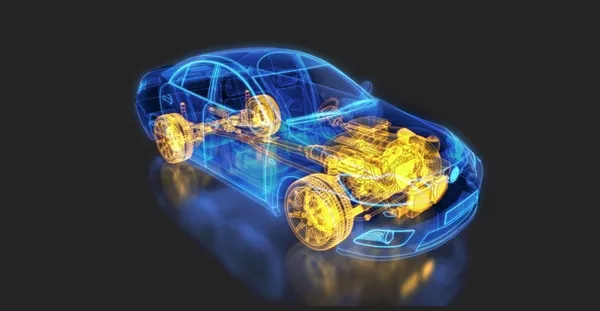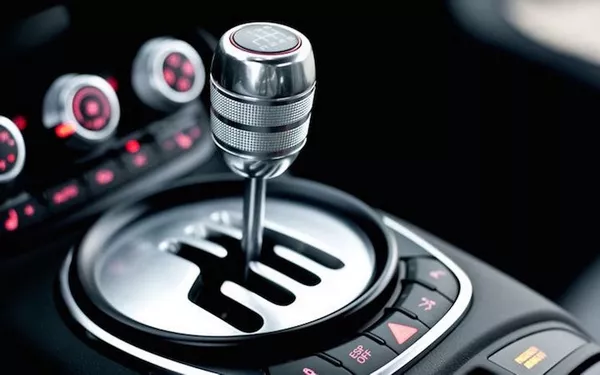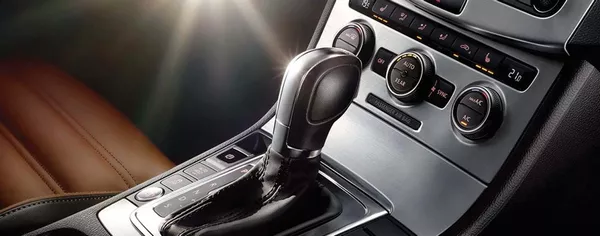Get the lowdown on everything about car transmission & drivetrain to understand cars better! Both components are what moves a car, so knowing about will go a long way!
Buying a new car usually means going through the brochure and looking at the horsepower, torque and other performance-relevant features. But is there any more than ocular attention when it comes to the car transmission and drivetrain? The answer would be a resounding no or because it is taken for granted by most car buyers.

When choosing a car, it’s like a menu of sorts wherein all the component are given a look over
When choosing a car, it’s like a menu of sorts wherein all the component are given a look over. If something is liked; then it’s a sure buy but was it done with every consideration? Many car makers have versions of stick shifts and automatic transmission but will differ for each brand. This is where knowledge about transmission and a drive-train is beneficial for the car buyer.
No one needs to be an auto expert to know about it, but it does help in choosing cars. The appropriate transmission or drive-train of any car will usually depend on the type of car it is. It’s like mixing and matching specs for the best performance possible. So, to help any drivers who’re interested in cutting-edge auto tech this would help.
Learn about the best-suited transmission and drive-train is a must for any gear-head or car geek.
>>> Click to equip yourself with more helpful car car tips
I. What is the appropriate transmission?
Let’s not pursue this question on personal preference but what is the better car transmission and drivetrain for best performance. Subjective preference aside many drivers will base it on their gut feel, not objective numbers.
1. Manual transmission
In a nutshell, the driver shifts from the first gear to the next but not that simple. The best way to get the most power is to time the shifting according to the RPMs so power is optimal. But, sometimes when the wrong timing is done then the gears will grind or it the engine will die. Those who “ride the clutch” can wear out the clutch disc in time.
When hanging; the clutch should be engaged while the gas is pumped more to move it forward. On the freeway getting the right timing and engaging the fastest gear is easy to do. Fast drivers will prefer this transmission over AT any day.
By the way, you might want to look through our list of top 6 manual transmission equipped cars you would love to drive.

Fast drivers will prefer this transmission over AT any day
2. Automatic transmission
Many drivers opt for AT because AT cars are easy to use for stop and go traffic. The only vice that automatic transmission has is that the driver has no control over the shifting. AT will shift based on input by sensors and computers that control it.
However, recent improvements like sports mode wherein it can be shifted as plus or minus depending on the speed. Just like a stick shift but the clutch is computer controlled. Many drivers prefer AT since it is easy and convenient but more efficient than stick shifting.
For automatic transmission fans, check out this list of the 8 best automatic transmission vehicles in the Philippines.

Many drivers opt for AT because it is easy to use for stop and go traffic
Automatic Transmission vs Manual Transmission
II. Will it be “Front wheel” or “Rear wheel” drive cars?
Now here another thing called “front wheel” or “rear wheel” drive which is where the driveshaft ends up moving the front or rear wheels. Either RWD and FWD is related to the layout of the car transmission and drivetrain for better performance.
1. Rear Wheel Drive
This is most popular layout for most vehicles and the drive shaft transfers power to the rear wheels. Mostly used for vehicles like SUVs, cross-overs, and trucks that need power driven to the rear tires.

This is most popular layout for most vehicles and the drive shaft transfers power to the rear wheels
Faster acceleration is provided by the drivetrain, especially sports cars that need rear traction for more speed. Handling is much better with the weight concentrated in the rear!
2. Front Wheel Drive
This layout is common in many budget cars because it is cheap to install than rear wheel drive. Many sub-compacts have this drivetrain coupled to an either MT or AT. The drive shaft transmits power via differentials to the front wheels.
One advantage of front wheel drive is better handling in bad road conditions compared to rear wheel drive that tends to swing about. Some SUVs use this drivetrain just because of better control, but bigger vehicles use rear wheel drive instead.

This layout is common in many budget cars because it is cheap to install than rear wheel drive
Knowing whether a car is rear wheel or front wheel drive will help knowing what is best for any option. For example, in emergencies the proper reaction will prevent any vehicle from skidding and spinning out uncontrollably.
III. What drivetrains are best for SUVs?
SUVs could work with either “Manual and Automatic” car transmission and drivetrain; but it gets the most mobility from the four-wheel drive (4WD), all-wheel drive (AWD), and two-wheel drive (2WD). Many SUVs and crossovers use any of these drives, depending on what kind of model it is. To kick things off and let’s go over the three types of drive-trains available for SUVs.
1. Two Wheel Drive (2WD)
Quite simply is either FWD or RWD depending on the model but mostly are RWD because of better handling. Base models of trucks and SUV s usually are in this layout because it is much cheaper than the premium models.
2. Four Wheel drive (FWD)
It provides power for extra-traction when needed to all four tires via a specialized differential to transfer power. The FWD has a high 4x4 or low 4x4; that depends on the traction situation, it is not advised for city driving instead use 2WD mode. It can shift from full-time to part-time modes and shifts to the default drive. All terrain is where the 4WD excels and provides the best traction to grip the road.
3. All Wheel Drive (AWD)
The All-Wheel Drive will shift power to the necessary wheels losing traction but not like 4WD. This system can go two-wheel or four-wheel but not like a 4x4. This is used on cars and cross-overs to take advantage of better terrain handling. But, don’t expect it to handle like a 4x4 because it handles the much milder ground.

What drivetrains are best for SUVs?
When buying an SUV or any vehicle equipped with these drive-trains that should be taken into consideration. Look into our post for better comparison between AWD and 4WD.
IV. The ins and outs of car transmission and drivetrain: The wrap-up
Now, everything about the subject should be cleared up and is better understood. These little tidbits of practical information will hopefully give drivers a better view of car transmission and drivetrain. It should be imperative that car buyers are educated about this car component that is often ignored. Many can benefit from this knowledge and get the most out of their cars.
| Types of vehicle | Transmission | FWD/RWD | 4WD | AWD | 2WD |
|---|---|---|---|---|---|
| Sub-compacts | MT | FWD | |||
| Medium-sized sedans | AT | FWD/RWD | AWD | ||
| Mid-sized crossovers | AT | FWD/RWD | AWD | ||
| Large SUV | AT/MT | RWD | 4WD | AWD | 2WD |
Visit Philkotse.com for more useful tips and advice on car buying & selling, car maintenance and safe driving.











